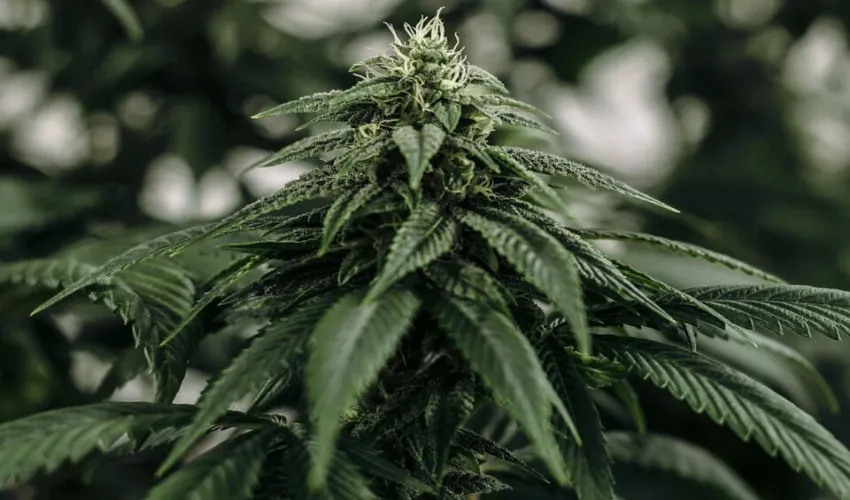
The Process of Extracting CBD: From Plant to Product with a Focus on CBD Flower
Cannabidiol (CBD) has garnered widespread attention for its potential health benefits, leading to an increasing demand for CBD products across various sectors. The process of extracting CBD is a crucial step in bringing this compound from the cannabis plant into consumable forms. This article explores the extraction process in detail, focusing on the role of CBD Flower and the methods used to obtain high-quality CBD extracts.
Understanding CBD Extraction
CBD extraction involves isolating cannabidiol from the cannabis plant to create a concentrated form that can be used in various products, from oils and tinctures to edibles and topicals. The quality and efficacy of the final product depend significantly on the extraction method and the starting material used, such as CBD flower.
The Role of CBD Flower in Extraction
CBD flower, the dried and cured blossoms of the hemp plant, is a primary source of cannabidiol. Unlike other parts of the plant, such as stems or seeds, the flower contains the highest concentration of cannabinoids and terpenes, making it the ideal material for extraction. The quality of CBD flower used directly influences the purity and potency of the final CBD extract.
Common Extraction Methods
- CO2 Extraction: CO2 extraction is considered one of the most efficient and safest methods for extracting CBD. This technique uses pressurized carbon dioxide to pull cannabinoids and terpenes from the CBD flower. The process involves three main phases: supercritical, subcritical, and medium-pressure CO2 extraction. Supercritical CO2 is used to dissolve cannabinoids and terpenes, which are then separated from the CO2 in a separate chamber. This method ensures a pure extract with minimal residual solvents. CO2 extraction is preferred for its ability to produce high-quality, full-spectrum CBD oil without compromising the integrity of the cannabinoids.
- Solvent Extraction: Solvent extraction uses alcohol or other solvents to dissolve cannabinoids from the CBD flower. Ethanol is a common solvent, but hydrocarbons like butane or propane can also be used. The CBD flower is soaked in the solvent, which dissolves the cannabinoids and terpenes. The mixture is then heated to evaporate the solvent, leaving behind a concentrated CBD extract. While solvent extraction can be effective, it requires careful handling to avoid residual solvent contamination and ensure a clean final product.
- Oil Infusion: Oil infusion is a traditional method where CBD flower is combined with a carrier oil, such as olive or coconut oil. The mixture is heated gently to allow cannabinoids to infuse into the oil. This method is simple and cost-effective but typically results in a less concentrated CBD extract compared to CO2 or solvent extraction. Oil infusion is commonly used for making homemade CBD products or in smaller-scale operations.
- Steam Distillation: Steam distillation involves passing steam through CBD flower to extract essential oils, including cannabinoids and terpenes. The steam carries the volatile compounds from the plant material, which are then condensed into a liquid form. While this method is effective for extracting essential oils, it is less commonly used for CBD extraction due to its lower yield of cannabinoids compared to other methods.
The Importance of Quality Control
Regardless of the extraction method used, quality control is critical to ensure the safety and effectiveness of the final CBD product. Key aspects of quality control include:
- Testing for Purity: CBD extracts should be tested for purity to ensure they are free from contaminants such as pesticides, heavy metals, and residual solvents. Third-party lab testing is essential for verifying the quality of the product.
- Cannabinoid Profile: Analyzing the cannabinoid profile of the extract helps confirm the concentration of CBD and the presence of other beneficial cannabinoids and terpenes. This information is crucial for ensuring the consistency and effectiveness of the product.
- Terpene Profile: Terpenes contribute to the aroma and potential therapeutic effects of the CBD extract. Testing the terpene profile provides insight into the extract’s overall quality and potential benefits.
Conclusion
The process of extracting CBD from cannabis plants, particularly CBD Flower UK involves several methods, each with its advantages and considerations. CO2 extraction remains the gold standard for producing high-quality CBD extracts, while solvent extraction and oil infusion offer viable alternatives for different applications. Ensuring rigorous quality control throughout the extraction process is essential for delivering safe and effective CBD products. As the demand for CBD continues to grow, advancements in extraction techniques and a focus on quality will remain key factors in the industry’s evolution.
